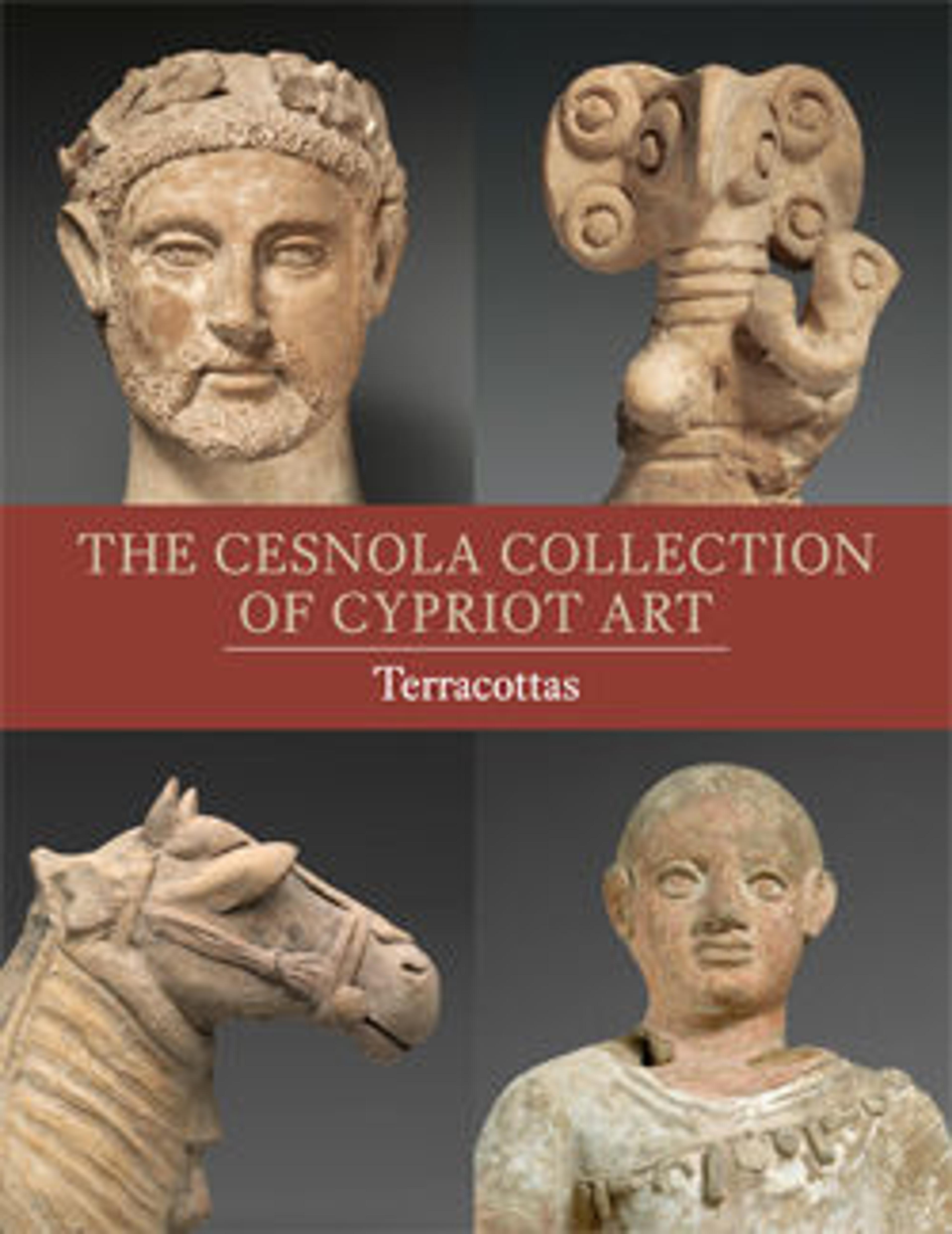Terracotta statuette of woman with bird face
This figurine is typical of Cypriot coroplastic art of the Late Cypriot II and III periods. The type, with the pubic triangle accentuated and the breasts clearly shown, is likely of Syrian origin, but Cypriot sculptors created their own variations. Handmade and hollow, it has a shaved surface. Her eyes are pellets surrounded by rings. In each large flat ear are two perforations, each containing an earring; the lower ones have overlapping terminals. The infant stretches out its arms and has depressed circles for its eyes.
Artwork Details
- Title:Terracotta statuette of woman with bird face
- Period:Late Cypriot II
- Date:ca. 1450–1200 BCE
- Culture:Cypriot
- Medium:Terracotta; hand-made
- Dimensions:H. 8 3/16 in. (20.80 cm)
- Classification:Terracottas
- Credit Line:The Cesnola Collection, Purchased by subscription, 1874–76
- Object Number:74.51.1542
- Curatorial Department: Greek and Roman Art
More Artwork
Research Resources
The Met provides unparalleled resources for research and welcomes an international community of students and scholars. The Met's Open Access API is where creators and researchers can connect to the The Met collection. Open Access data and public domain images are available for unrestricted commercial and noncommercial use without permission or fee.
To request images under copyright and other restrictions, please use this Image Request form.
Feedback
We continue to research and examine historical and cultural context for objects in The Met collection. If you have comments or questions about this object record, please contact us using the form below. The Museum looks forward to receiving your comments.
